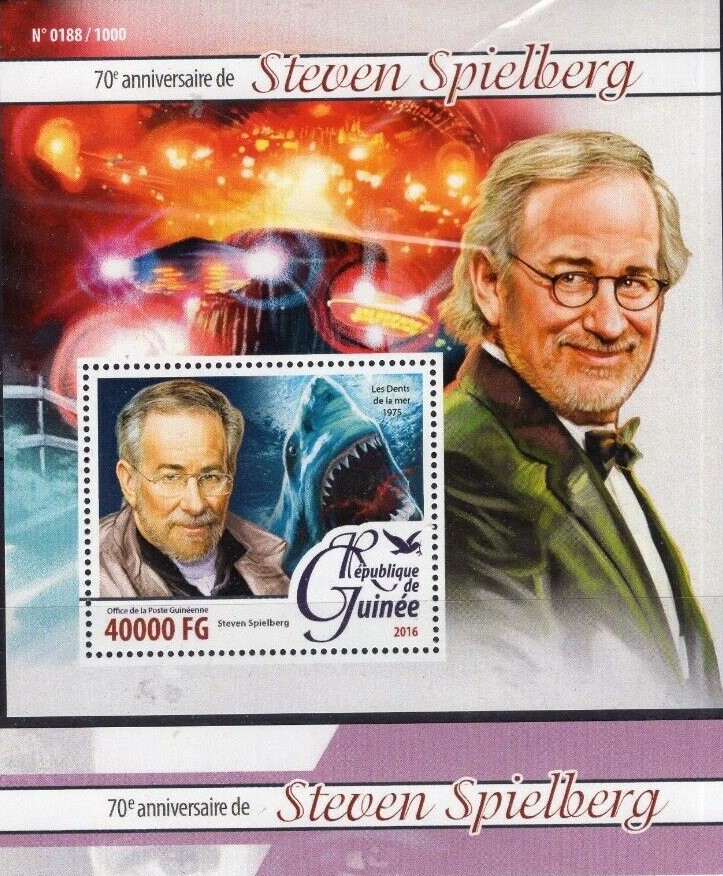Why aren’t Sandy Koufax, Steven Spielberg or Frank Gehry
in the Jewish-American Hall of Fame?
Baseball Hall of Famer Sandy Koufax, movie director Steven Spielberg, and architect Frank Gehry all deserve to be in the Jewish-American Hall of Fame ― but, unfortunately, all have declined the honor. Here are the reasons that they should be in the Jewish-American Hall of Fame (biographies courtesy of Wikipedia):
Sandy Koufax (b. 1935)

1956 Topps card
Sanford Koufax (born December 30, 1935) played 12 seasons in Major League Baseball for the Brooklyn/Los Angeles Dodgers from 1955 to 1966. Widely regarded as one of the greatest pitchers in baseball history, Koufax was the first three-time winner of the Cy Young Award, each time winning unanimously and the only pitcher to do so when a single award was given for both the leagues, and was also named the National League Most Valuable Player in 1963. Retiring at the age of 30 due to arthritis in his pitching elbow, Koufax was elected to the Baseball Hall of Fame in his first year of eligibility in 1972 at the age of 36, the youngest player ever elected.
The Dodgers won the National League pennant on the second-to-last game of the season, against the Milwaukee Braves. Koufax started the game on two days’ rest and pitched a complete game 3–1 win, striking out 13, to clinch the pennant for the Dodgers. Koufax declined to pitch Game 1 of the 1965 World Series as it clashed with Yom Kippur, the holiest day in the Jewish calendar. His decision garnered national headlines, raising the conflict between professional pressures and personal religious beliefs to front-page news. Instead, Drysdale pitched the opener, but was hit hard by the Minnesota Twins. When Dodgers manager Walter Alston came out to remove Drysdale from the game, the latter quipped: “I bet right now you wish I was Jewish, too.”
Steven Spielberg (born 1946)

Steven Spielberg was born in Cincinnati, Ohio, and grew up in Phoenix, Arizona. He moved to California and studied film in college. After directing several episodes for television, including Night Gallery and Columbo, he directed the television film Duel (1971), which later received an international theatrical release. He made his theatrical film debut with The Sugarland Express (1974) and became a household name with the 1975 summer blockbuster Jaws. He directed more box office successes with Close Encounters of the Third Kind (1977), E.T. the Extra-Terrestrial (1982), and the original Indiana Jones trilogy (1981–89). He subsequently explored drama in The Color Purple (1985) and Empire of the Sun (1987).
In 1993, Spielberg directed back-to-back blockbuster hits with the science fiction thriller Jurassic Park, the highest-grossing film ever at the time, and the Holocaust drama Schindler’s List, which has often been listed as one of the greatest films ever made. He won the Academy Award for Best Director for the latter and the 1998 World War II epic Saving Private Ryan. Spielberg has since directed the science fiction films A.I. Artificial Intelligence (2001), Minority Report (2002), and War of the Worlds (2005); the adventure films The Adventures of Tintin (2011) and Ready Player One (2018); the historical dramas Amistad (1997), Munich (2005), War Horse (2011), Lincoln (2012), Bridge of Spies (2015) and The Post (2017); the musical West Side Story (2021); and the semi-autobiographical drama The Fabelmans (2022).
Frank Gehry (born 1929)

Frank Owen Gehry (né Goldberg; born February 28, 1929) is a Canadian-born American architect and designer. A number of his buildings have become world-renowned attractions. His works are considered among the most important of contemporary architecture in the 2010 World Architecture Survey, leading Vanity Fair to call him “the most important architect of our age.”
Gehry’s best-received works include several concert halls for classical music. The boisterous, curvaceous Walt Disney Concert Hall (2003) in downtown Los Angeles is the centerpiece of the neighborhood’s revitalization; the Los Angeles Times called it “the most effective answer to doubters, naysayers, and grumbling critics an American architect has ever produced”. Gehry also designed the open-air Jay Pritzker Pavilion (2004) in Chicago‘s Millennium Park; and the understated New World Center (2011) in Miami Beach, which the LA Times called “a piece of architecture that dares you to underestimate it or write it off at first glance.”
His other notable works include academic buildings such as the Stata Center (2004) at MIT, and the Peter B. Lewis Library (2008) at Princeton University; museums such as the Museum of Pop Culture (2000) in Seattle, Washington; commercial buildings such as the IAC Building (2007) in New York City; and residential buildings, such as Gehry’s first skyscraper, the Beekman Tower at 8 Spruce Street (2011) in New York City.